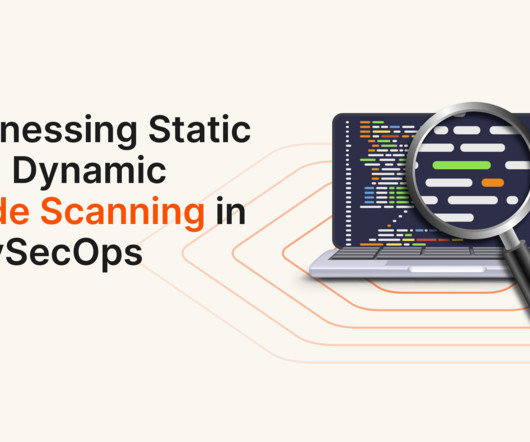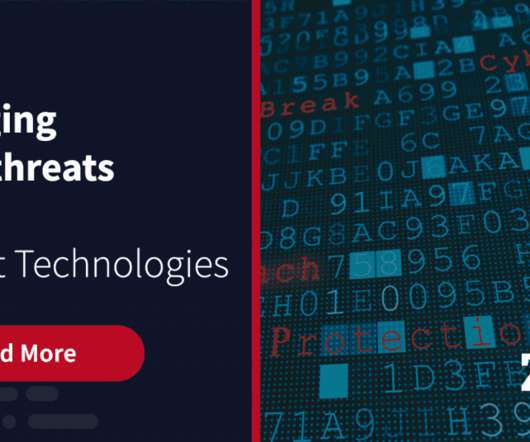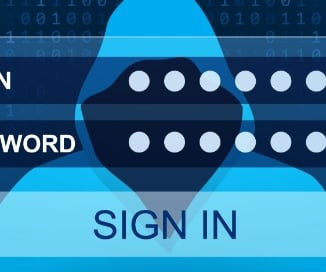3 Essential things every business owner should know about IT security in 2023
Online Computers
OCTOBER 29, 2023
Malware Malware refers to any malicious software designed to damage or disable a computer system, including viruses , Trojans , and spyware. Once malware is installed on your computer, it can disable the system, disrupt operations, or even steal data.

















Let's personalize your content